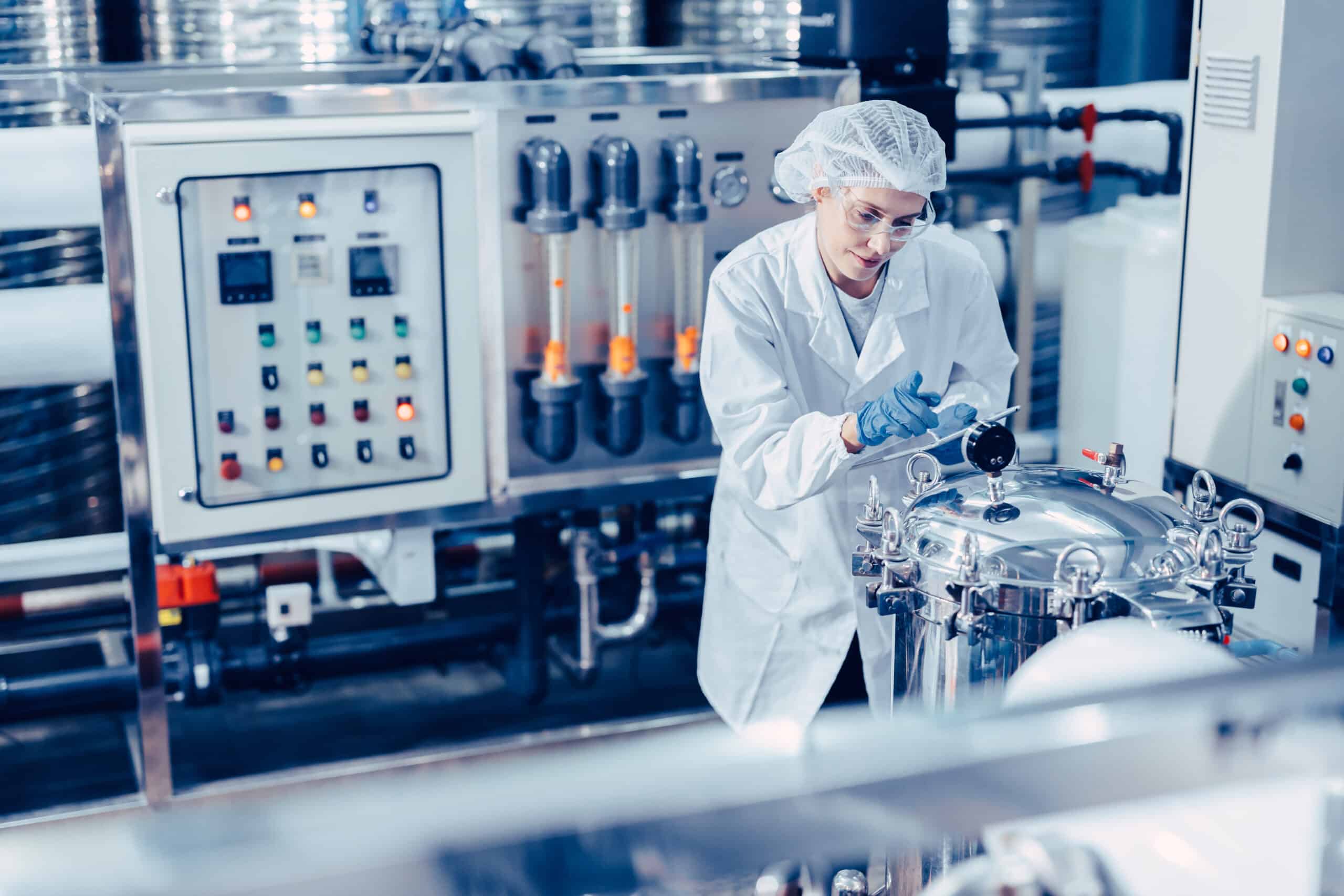As agricultural productivity rises to meet increased food demand, it is critical that it does so without adversely impacting the environment. To ensure long-term sustainability and achieve regulatory compliance, businesses across the food and agricultural supply chain are increasingly prioritising sustainability and ESG, with a particular focus on environmentally responsible practices.
The circular economy has emerged as a crucial new model for industries looking to make an impact. The circular economy is a system of production and consumption that seeks to tackle climate change, waste, and pollution. It aims to minimise external inputs by sharing, reusing, recycling, refurbishing, and repairing existing materials. In doing so it extends the life-cycle of products and reduces waste. This model is particularly relevant to the agricultural industry, where food waste has a devastating impact on environmental sustainability, economic prosperity, and food security.
When industry experts discuss the circular economy, its impact is primarily viewed from an environmental perspective. While these benefits are undeniably positive, the long-term results that they promise are often unappealing to businesses driven by profitability and short-term returns. However, there is a growing bank of practical evidence to suggest that the circular economy can add substantial value to organisations’ bottom line.
Understanding circular agriculture
Traditional agriculture has historically operated as a linear process, consisting of production, consumption, and disposal. This system is inefficient and leads to an increase in agricultural waste. Waste products include food/organic waste, excess packaging, and chemical waste via the inefficient use of fertilisers and pesticides. Significantly, organic/food waste generates greenhouse gases as they decay, while production and distribution processes contribute to environmental pollution and resource depletion. According to the Ellen MacArthur Foundation (EMF), adopting a circular approach could reduce emissions by up to 5.6 billion tonnes of CO2 by 2050 and prevent the degradation of 15 million hectares of arable land per year.
The circular economy in agriculture hinges on two core concepts: repurposing byproducts and closing nutrient and energy loops. A closed-loop system allows crops and livestock to sustain themselves. For example, food loss and spillage during the farming and manufacturing process can be repurposed into compost, while organic waste such as manure from livestock farming can be turned into bio-products such as fertilisers, biofuels, and renewable energy sources. Closing these loops lowers GHG emissions, reduces the need for chemicals that pollute the environment, and relieves resource scarcity. By creating a feedback-rich and regenerative environment, farmers can maintain their yield sustainably and profitably.
How can businesses benefit commercially?
On a broader economic and social scale, the benefits of a circular economy in agriculture are well-documented. The European Commission estimates that implementing circular practices across the food chain has the potential to increase the EU’s GDP by 0.1% and create more than 100,000 jobs by 2030. According to the EMF, redistributed food products are more likely to go to poorer rural communities, benefitting local economies.
Evaluations of the economic feasibility of circular practices are still in the early stages. However, preliminary research indicates that a more circular economy in agriculture could add substantial value. The European Commission estimate that producing food from circular practices could increase farmers’ profitability by a yearly average of USD 3,100 per hectare of land via:
- Lower input costs: The more resource efficient a farm is, the less it needs to pay for material inputs per unit of output. By repurposing materials into effective input substitutes – such as turning organic waste into fertiliser, or harvesting renewable energy sources – farmers can lower their input costs and protect themselves from fluctuations in market prices and supply chain disruptions. Additionally, lower demand for inputs can reduce demand and resource scarcity, and ultimately lower the price of inputs.
- New revenue sources/value creation: Repurposed materials can be turned into new sources of revenue. For example, crop residue can be sold to livestock farmers as animal feed, bioenergy can be harnessed and exported, and some byproducts can even be extracted and used by the pharmaceutical and cosmetics industry.
- Market differentiation: Modern consumers are becoming increasingly conscious of the environmental impact of their choices, and circular agriculture is sharply aligned with this trend. By catering to a growing market of environmentally-conscious consumers, businesses can develop a market advantage, command brand loyalty, and sell products at premium prices.
Future outlooks and trends?
Circular principles have seen a surge in popularity, particularly in agriculture, where the impacts of climate change are more readily noticeable. According to Accenture, the circular economy is set to unlock USD 4.5 trillion in new economic growth by 2030, though not without a collaborative effort from banks, governments, and DFI’s to provide funding and incentives.
Europe is currently at the forefront of the circular transition, with the European Commission adopting the Circular Economy Action Plan (CEAP) in 2020 as part of the EU Green Deal policy initiative. The impact of circular initiatives can already be seen in Brussels, where efforts have resulted in a halving of food waste and an estimated USD 130 million return per year.
Circular economy in agriculture
Despite its commercial and environmental benefits, integrating the circular economy into your operations can be daunting, particularly for smallholders, SME’s, and agribusinesses with tight profit margins. At Farrelly Mitchell, our circular economy experts conduct comprehensive operational assessments to identify sustainable strategies that are cost-effective and financially feasible.
With a passion for sustainability and ESG, and a detailed understanding of policy and regulation, our consultants possess the expertise to support clients as they transition to a more circular agricultural system. We have engaged with numerous circularity projects, and recently acted as a leading member of an EU consortium that sought to convert poultry feathers from discarded waste into a new source of value creation. So, if you are looking for expert guidance on navigating the complexities of implementing circular principles into your food or agribusiness, get in touch with our agribusiness experts today.














